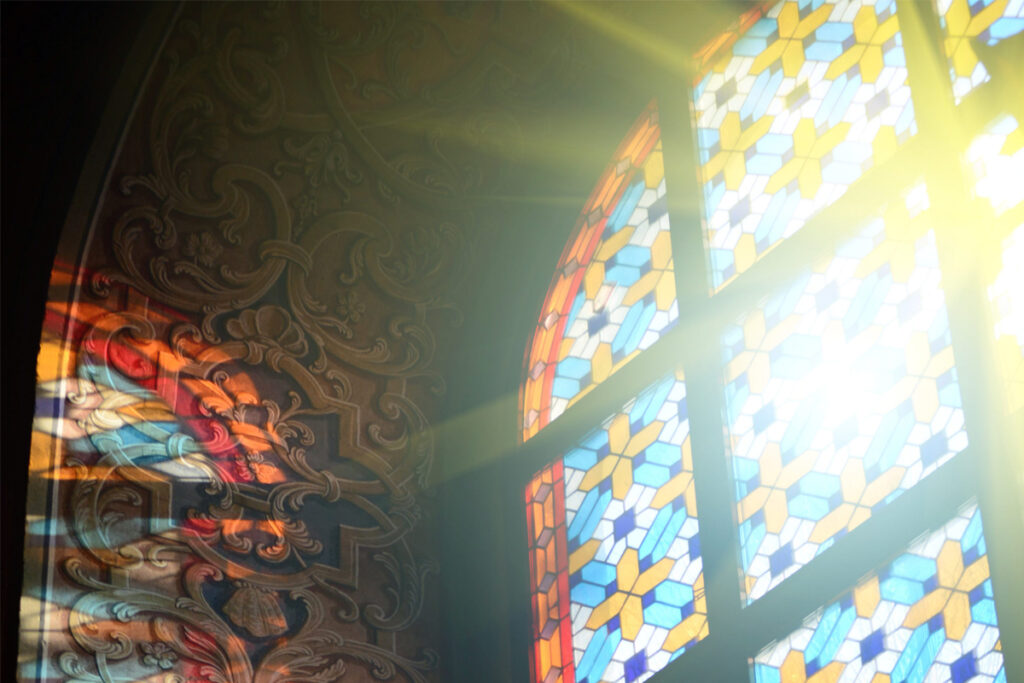Christ Crucified

The nature and purpose of preaching is something which should concern all Christians. If we attend Protestant churches, then the sermon stands at the very center of our worship service. While everything that happens in the worship service is important, the sermon is of singular significance. It is thus vital that both preacher and people understand what it is that the preacher is doing and what it is that they should look for.
Writing to the church in Corinth—a church infatuated with worldly standards of success and power—Paul contrasted the demands of Jews and Greeks with the content of his ministry. Jews wanted signs, Greeks wanted clever arguments, but he offered them neither. He knew that worldly wisdom and worldly criteria were irrelevant to the message he was called to preach. Rather, he proclaimed to them, Jews and Greeks alike, the message of Christ crucified, the power of God to salvation.
For Luther, as for Paul, the central point of preaching was to direct Christians to Christ on the cross, the One who had taken flesh and died for them. In the famous painting of Luther in the pulpit by Lucas Cranach the Elder, the congregation is on one side of the picture. On the other, the Reformer stands in his pulpit with one hand on the Bible and the other outstretched, pointing to what is the middle of the canvas. There hangs Jesus Christ on the cross, dying for us and for our sins. That is a graphic depiction of exactly how Luther thought of preaching: the preacher takes his cue from Holy Scripture and points the congregation to the Crucified One.
For Luther, the central point of preaching was to direct Christians to the Christ on the cross.
The answer to life’s deepest problems is found only there, in the incarnate God as He dies for our sins and rises again from the dead. He is to be the focal point of our devotion, the center of our worship, and the ultimate content of every sermon.
This is a useful and powerful lesson for both preachers and people to grasp. If you are a preacher, why do you ascend the pulpit each Sunday? Is it to impress people with your Bible knowledge? Is it to dazzle them with your intellect? Is it to amuse them with your clever jokes? Is it to win them over with your winsome eloquence? No. It is to point the people God has placed in your care to Jesus Christ, God made man, through Whom all the powers of evil and darkness are ultimately overcome.
If you are a congregant, when you gather with the church on a Sunday, what do you go to see? An accomplished choir or a cool praise band? A polished public speaker? A beautiful liturgical performance? None of these things may be bad in themselves, but none of them really touches on the heart of why you are there. You are there to see Christ crucified with the eyes of faith.
The ultimate answer to our deepest problems is a relatively simple one: Christ crucified!
We live in an age where we are constantly looking for complicated, technical answers to life’s problems. We want the scientists and the technocrats to come up with solutions for everything. And in so doing, we fail to acknowledge that our biggest problems are not technical in origin. They are moral, involving our rebellion against God and the penalty of death which that brings with it. In fact, the ultimate answer to our deepest problems, those of sin and death, is a relatively simple one: Christ crucified—God taking on our flesh, our experiences and trials (yet without sin), dying, rising and now interceding for us.
Let the gospel rivet the attention of both preachers and congregants to Christ crucified.
(Written by Carl Trueman, from Gospel Meditations on the Reformation, a 30-day devotional by Chris Anderson, Joe Tyrpak, Carl Trueman, and Andy Naselli, intended to celebrate the 500th anniversary of the Protestant Reformation by reminding Christians of our rich legacy.)












